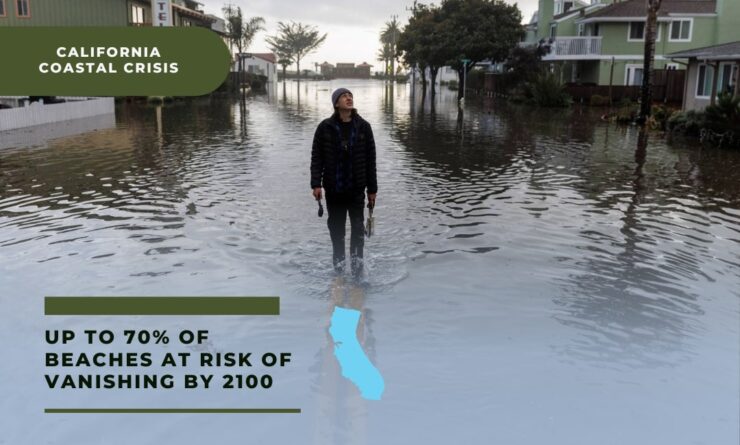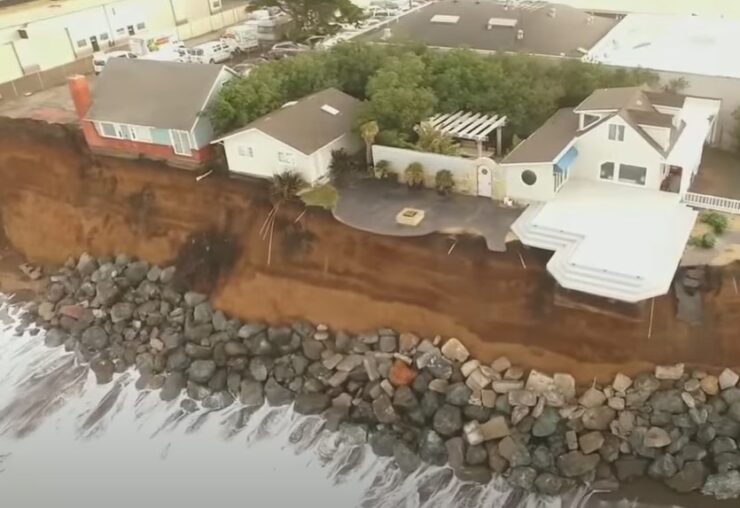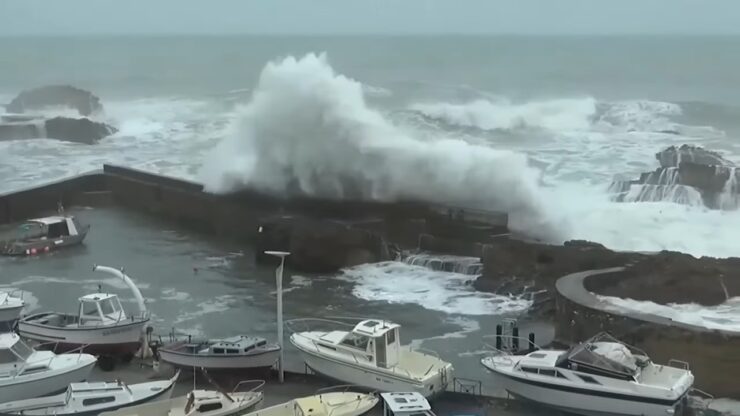California, famous for its sprawling golden beaches and infinite surf, may witness a significant reduction in its celebrated shoreline. A recent study indicates that anywhere between 25% and 70% of the state’s beaches could be eroded by 2100, leaving only cliffs and coastal structures behind.
This research utilized satellite data collected over the past two decades, surveying California’s vast 1,100-mile-long coastline.
The US Geological Survey (USGS) investigators used these images, in combination with models predicting a sea-level rise of 1.6 to 10ft driven by the climate crisis, to envisage the potential configuration and location of the state’s coastline by the end of the century.
The extent of sea-level rise will be governed by the quantity of carbon emissions in the present and future years.
The Alarming Possibility of Losing California’s Beaches
This paper, currently undergoing peer-review for publication, follows a 2017 study by the same team, which focused on the erosion rates along the southern California coastline. This previous research found that between 31% and 67% of southern California’s beaches are at risk of disappearance.
Beaches, according to Sean Vitousek, the lead researcher of both studies, are arguably the most distinctive feature of California, and the risk of losing this identity is substantial.
“Losing the protective layer of beach sand between us and the aggressive surf exposes vital infrastructure, businesses, and homes to potential damage.
Beaches are natural resources that will likely require increased human-management efforts for preservation,” Vitousek explains.
Coastal Management: Efforts to Preserve the Beaches
The California Coastal Commission is currently advocating for cities to fortify their coastlines by constructing seawalls or placing large rocks, strategies that can help shield them from relentless waves (although seawalls can cause accelerated erosion of neighboring beaches).
Reestablishing natural sand dunes could also contribute to beach protection. The study highlights several areas particularly vulnerable to intense erosion: Point Arena and Humboldt Bay in northern California, Pismo Beach and Morro Bay in central California, and Newport Beach and San Clemente in southern California.
The Impact on Inland Communities and The Uncertainty of Predictions
The disappearance of beaches can have cascading impacts on the communities living inland. A study released in January demonstrated that with a 3ft rise in sea level, San Diego County would forfeit a quarter of its picnic areas, half of its lifeguard stations, and 15% of its restrooms at coastal access points.
This particularly affects lower-income, historically marginalized populations since coastal inhabitants are generally whiter, older, and wealthier than the typical California resident. The absence of lifeguards, parking, and other facilities makes it increasingly challenging for those living far from the coast to enjoy the benefits of the remaining beaches.
Mark Merrifield, a coastal oceanographer at Scripps Institution of Oceanography in La Jolla, uninvolved in the study, confirms that this is the first analysis using satellite-derived shorelines. However, he cautions that the predictions carry significant uncertainty and should be approached with a degree of skepticism.
He asserts that “Beach morphology models generally have limited capacity to predict contemporary change, few datasets are available for methodology validation, and future wave and water level condition projections introduce another uncertainty level.”
The Ever-Changing California Beaches and Future Management Needs
California’s iconic beaches are already in a state of flux, with a 2009 USGS study revealing that about 40% of the beaches were already enduring long-term erosion. The future form and scale of these beaches remain unclear, necessitating further investigation. “It’s a complex topic,” Merrifield admits.
Despite the challenges, the authors of the study conclude that “considerable management efforts,” such as dune restoration, will be crucial to preserving the beaches as they are today.
Reflecting on these predictions, Vitousek recently told the San Francisco Chronicle, “It’s quite sobering. This is a slow process when we’re discussing 2100, but it’s not that slow.”


















